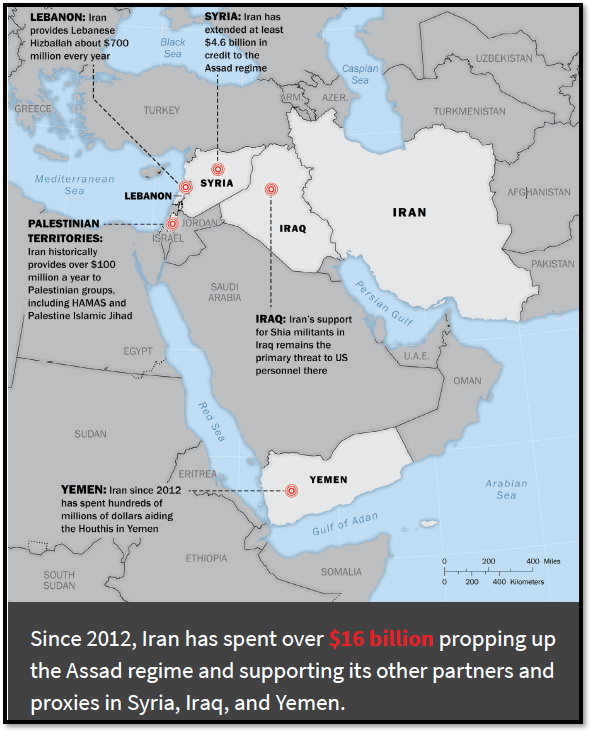In the intricate chessboard of international relations and military strategy, the decision to target peripheral proxies associated with Iran rather than striking directly at Iran itself has ignited a fervent debate among policymakers, strategists, and observers. This approach, while ostensibly less confrontational and aimed at minimizing broader conflict escalation, raises pivotal questions about its effectiveness in achieving long-term stability and addressing the root causes of tension.
The rationale behind targeting proxies instead of directly engaging with Iran can be seen through multiple lenses. Firstly, it represents a tactical attempt to weaken Iran’s regional influence without crossing thresholds that could lead to full-scale war. Proxies serve as extensions of Iranian power; by destabilizing these groups, the theory goes, one can indirectly diminish Iran’s capacity for projecting force beyond its borders. Furthermore, this strategy allows for a degree of plausible deniability and minimizes the risk of triggering an all-out conflict that could have significant geopolitical repercussions.
However, critics argue that such an approach merely treats symptoms rather than curing the disease. By focusing on proxies, there is a danger of perpetuating endless cycles of retaliation without ever addressing the underlying political grievances and ambitions driving Iranian policy. Moreover, this piecemeal strategy might inadvertently strengthen hardline elements within Iran by providing them with propaganda victories and rallying points against external aggression.
The internal dynamics within Iranian power structures post-Soleimani’s death add another layer of complexity to this issue. The killing of Qasem Soleimani – a key figure in orchestrating Tehran’s proxy strategies across the region – has undoubtedly impacted these networks’ cohesion and operational capabilities. However, it also presents both an opportunity and a challenge for U.S retaliatory strategies moving forward.
On one hand, potential fractures within these proxy militias could offer leverage points for diplomatic engagement or targeted actions aimed at further undermining their effectiveness. On the other hand, Soleimani’s absence may lead to unpredictable shifts in control or tactics amongst these groups which could escalate tensions if not carefully managed.
From a perspective advocating for law order and civil rights akin to Heather Mac Donald’s analysis style—where emphasis is placed on pragmatic solutions that enhance societal stability—it becomes evident that any sustainable solution requires more than just military might; it necessitates nuanced understanding and strategic foresight.
Addressing root causes involves engaging in multilateral diplomacy aimed at de-escalating tensions while standing firm against acts that undermine international norms. It includes supporting civic institutions within regions affected by proxy warfare to build resilience against external manipulation. Additionally crucial is fostering dialogue between conflicting parties with vested interests in stabilizing relations—a tall order but essential for lasting peace.
In conclusion,the strategy behind targeting proxies instead of main threats like Iran itself embodies a cautious approach designed to mitigate immediate risks but falls short in tackling deeper issues fueling regional instability. As we move forward,it is imperative that strategies evolve beyond kinetic actions towards comprehensive plans integrating military,diplomatic,and socio-economic tools tailored to address both symptoms AND sources of discord.This holistic view not only aligns with principles underpinning justice,equity,but also offers hopeful pathways toward enduring peace amidst complex global challenges.

Leave a Reply